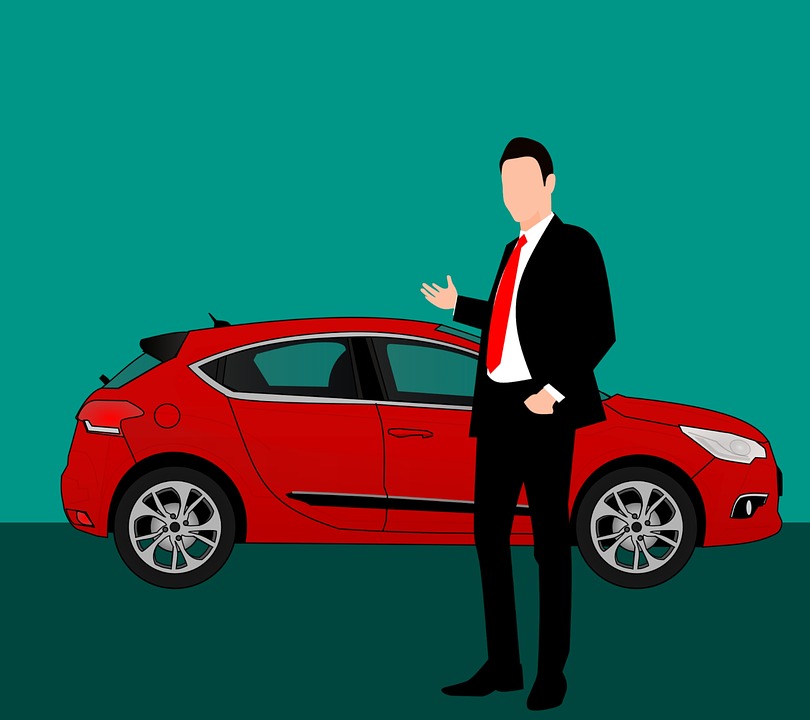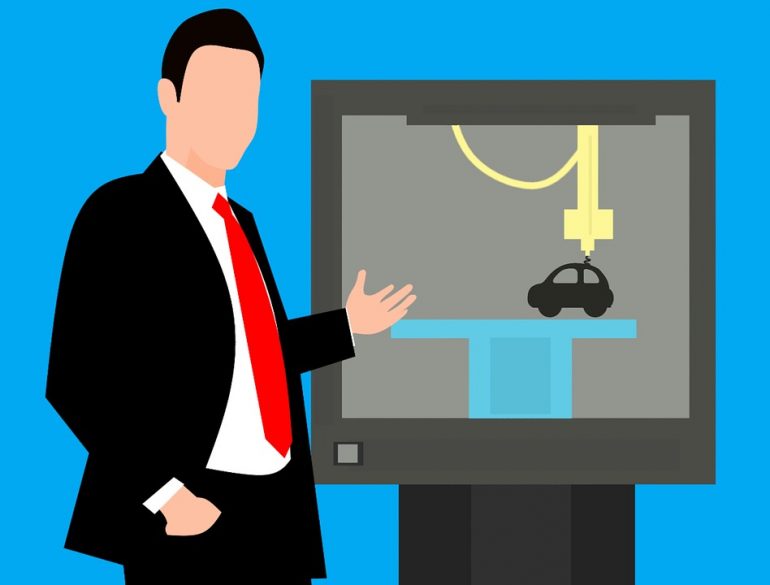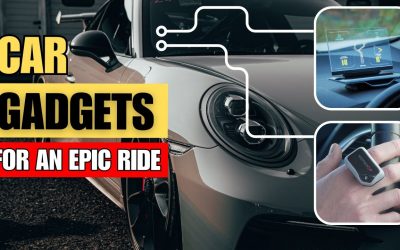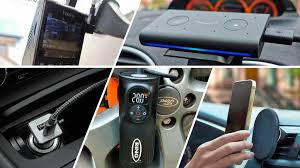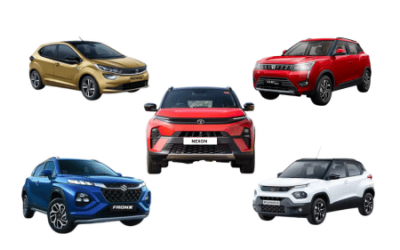The automobile industry is facing big transformation which has some adverse effects on the existing system. The dealer network is not the same as the other industries whereas it plays a major role in service and sales. Now, with the new emergence of norms and style of vehicles, this dealership network also has gone for a toss which is very challenging to revamp and cope up with the new system. Let us dig this discussion deeper and analyze the future of dealers in the automobile industry.
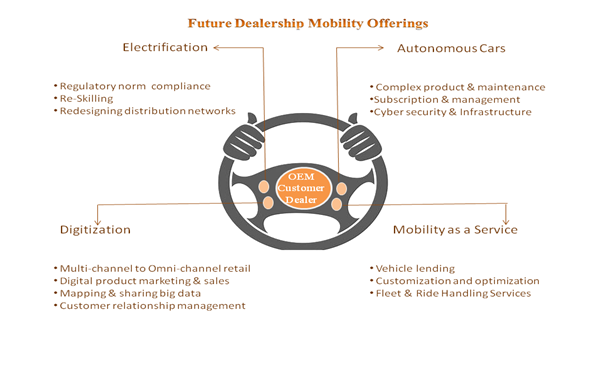 The structure of a distribution network in the Automotive industry includes Original Equipment Manufacturers (OEMs), National Sales Companies (NSC s) and dealers. With the development of technology, the future will be networked with mobility hubs that can engage, entertain and delight customers.
The structure of a distribution network in the Automotive industry includes Original Equipment Manufacturers (OEMs), National Sales Companies (NSC s) and dealers. With the development of technology, the future will be networked with mobility hubs that can engage, entertain and delight customers.
Based on the data released by FADA ( Federation of Automobile Dealers Association), there are a number of shutdowns in the dealer network in major cities like Mumbai – 34, New Delhi – 27, Pune- 24 and Chennai – 15 in the last 18 months.
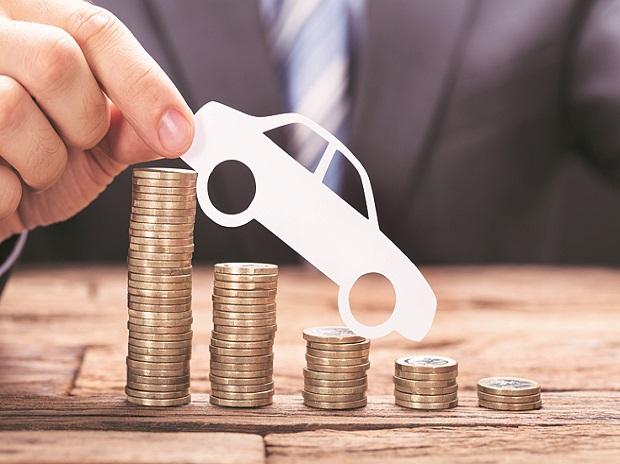
Over the past few years, the automobile industry is developing due to the change in technology. This makes the expectation in marketing and distribution to change. In addition to that, the technology advancement wants an unconventional shift in sales and marketing division. As there is a significant exchange of products and services with the development of constant innovative marketing channels. On top of this, few technical startups in the automobile industry adopt new techniques to their OEMs and distribution network like customer behavior in order to restructure the infrastructure of production and distribution.
New methods are exposing new marketing and distribution channels with cost-effectiveness and better customer relationships. Customers are more engaging and empowered with new technology that they come across.
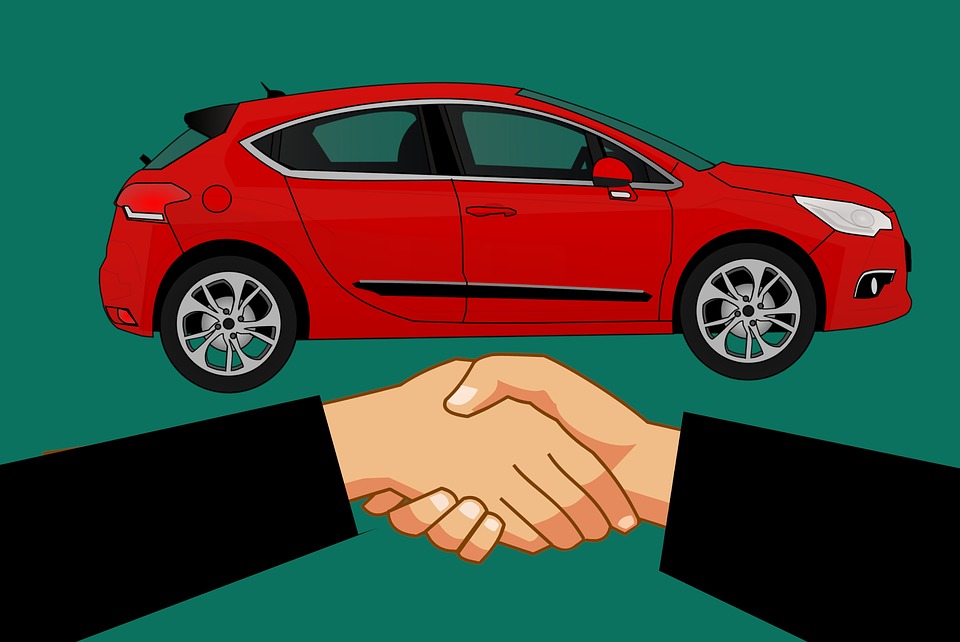
The sales channel in the automobile industry plays a vital role which involves direct customer relationships. Managing customers is a difficult task due to diversity factors involving in geography and business. There is a huge network of pre-sales, during sales and post-sales with the category of distribution and sales channels available in the market.
At the point of sale, it becomes challenging for the manufacturers to make themselves unique from retail. Anyways it is their duty to merge and streamline to improve efficiency and provide a personalized experience to the customers. So this technology boosts the industry players to create their sales and marketing strategies as per the individual customer requirements.
In order to achieve this automobile industry redesign traditional omnichannel to multi-channel, mobility-focused channels, fully aligned systems that can result in profit and growth-oriented sales value chain.
Brand presence through instore
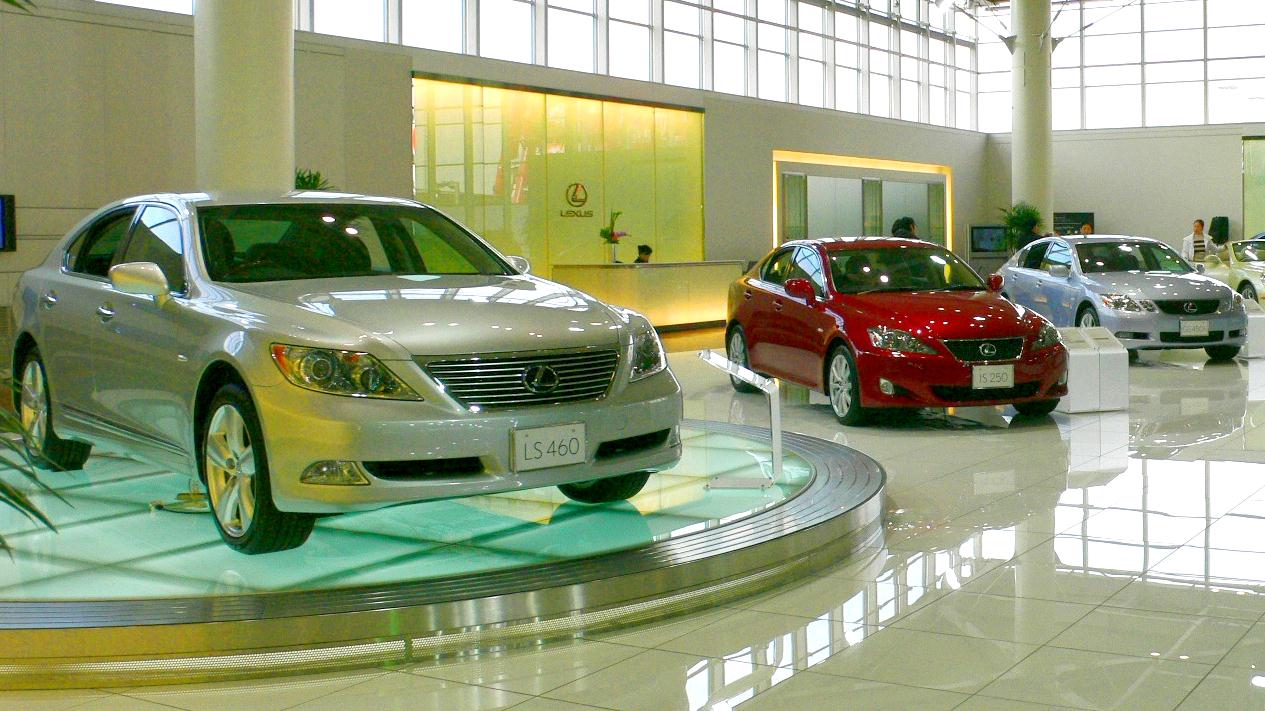
The automobile industry will not compromise on the physical store and individual customer attention since the customer wants to experience the touch and feel of the product to be purchased. To make the new sales channel to be successful, companies combine the digital world with the physical brand experience.
An exciting innovation in the virtual sales channels with the emergence of tech startups working as OEMs to provide value-added products and services directly to companies and customers. The virtual sales channel is much more effective than the physic store which cost-effective and focuses on individual customer needs with the help of strong customer care networks.
Flexible and specific targeted mix
Customer diversity plays a major role in the growth of the business which needs an appropriate mix of distribution levels to satisfy the demands of each segment.
A specific group of customers has its own requirements for the purchase of new products or services. Hence it is very important to create a flexible distribution and marketing mix, mainly to target the customer segment in each country.
